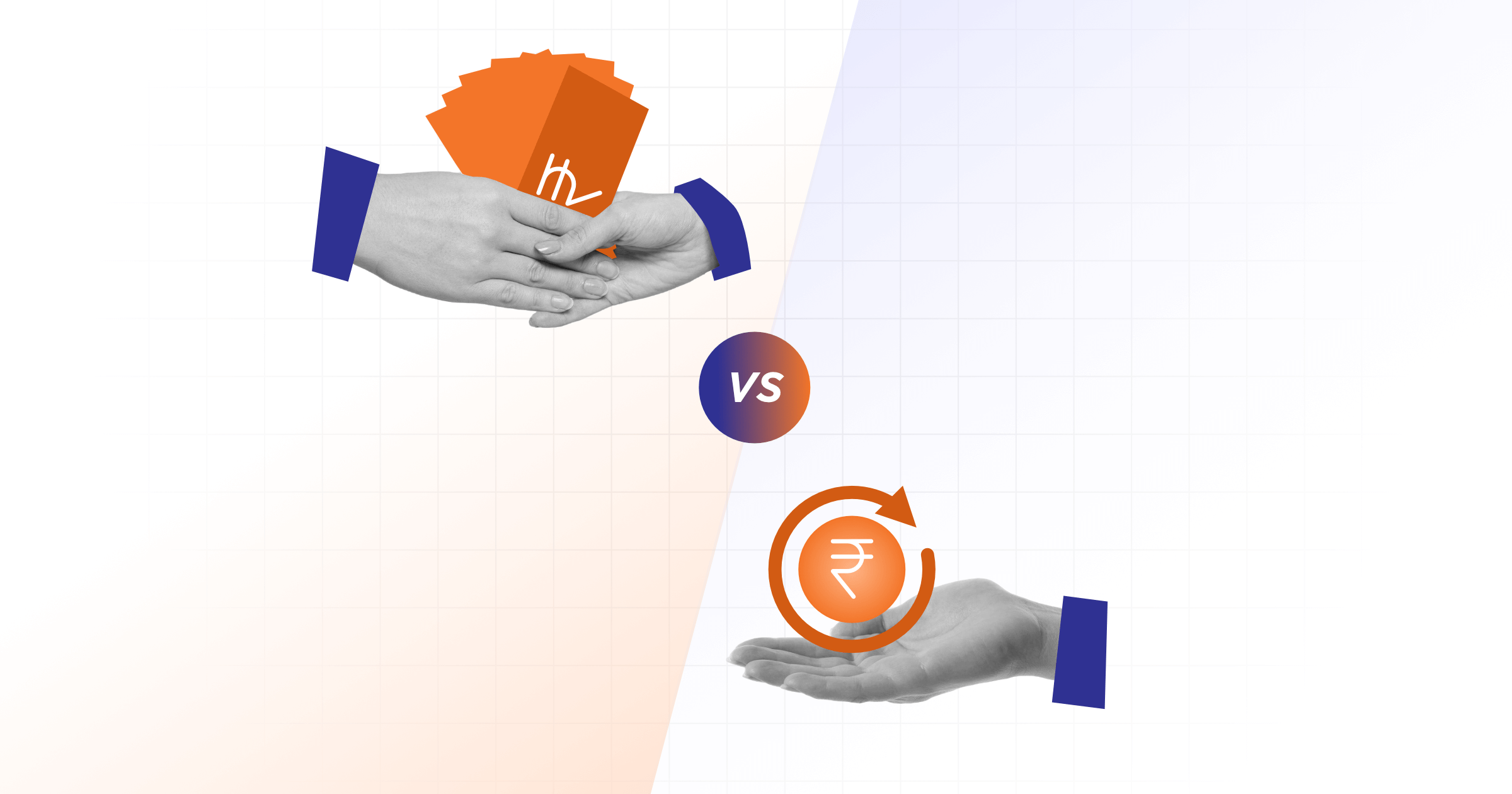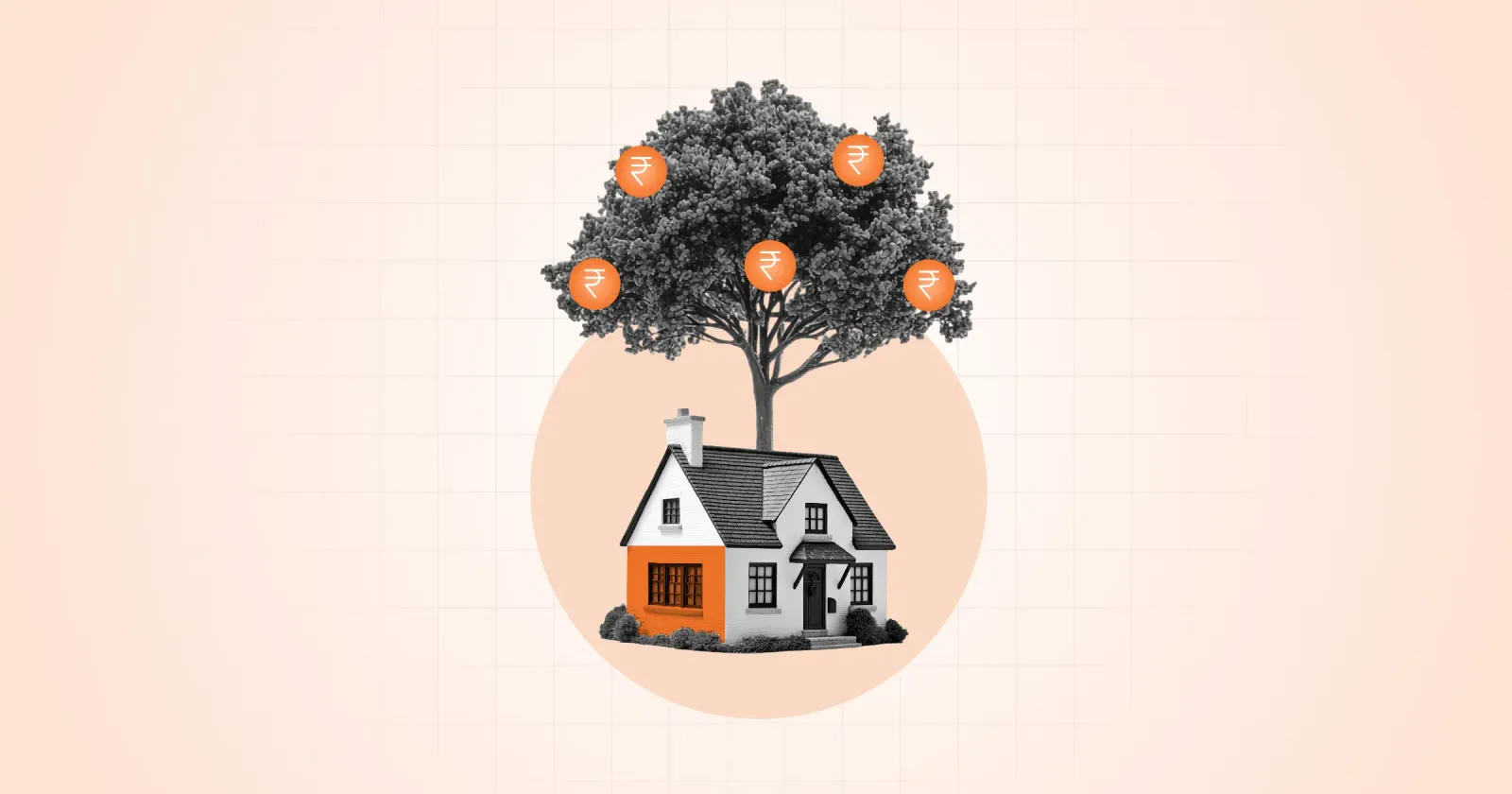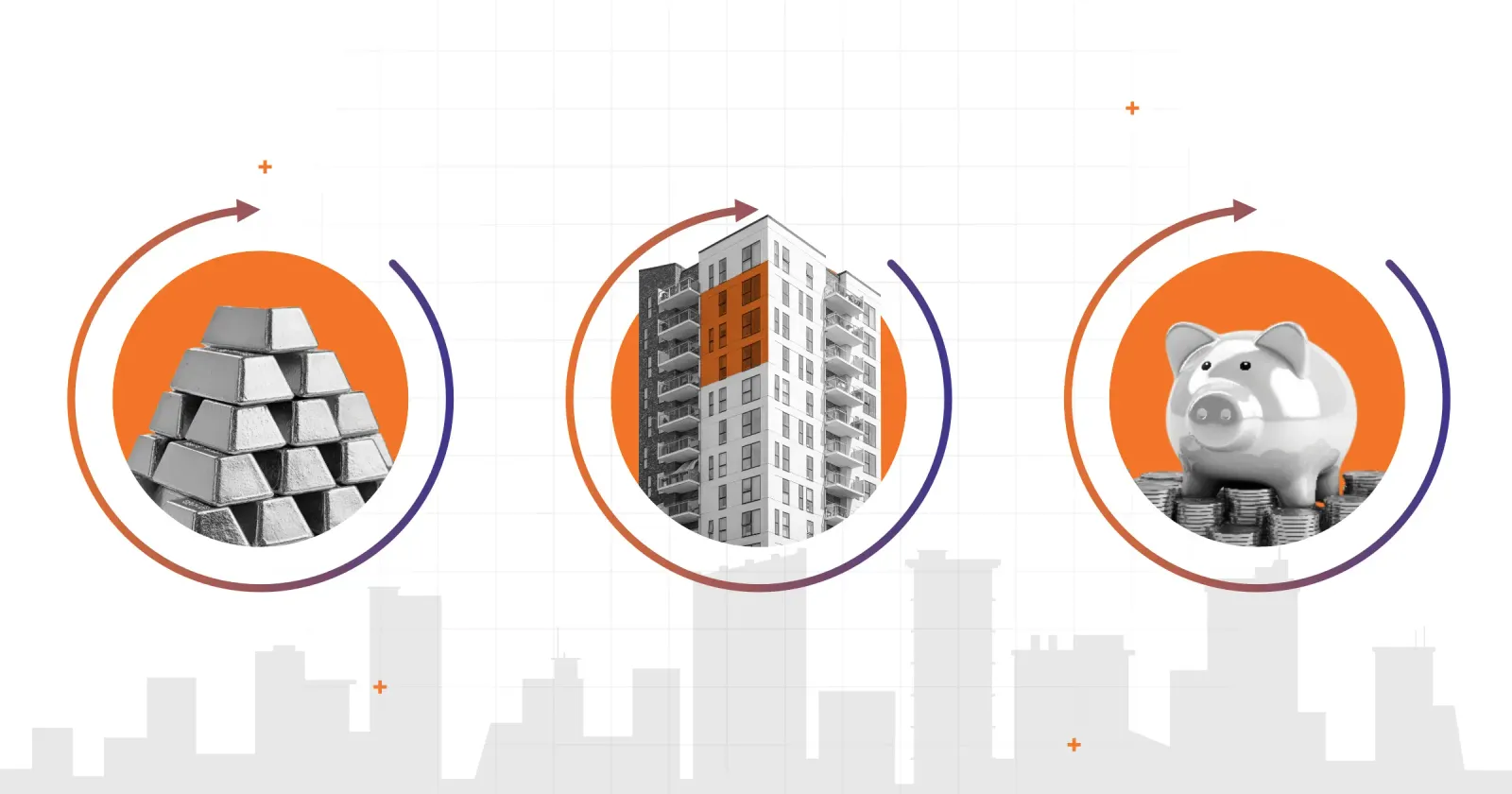Understanding the distinction between active and passive income is crucial for building long-term financial stability. While active income requires continuous effort and time investment, passive income generates returns with minimal ongoing involvement. Modern investment platforms have transformed the accessibility and efficiency of passive income generation.
What is Active Income?
Active income represents earnings that require direct and ongoing effort to generate. This typically includes salaries, wages, consulting fees, and business profits that demand regular time commitment and personal involvement. The defining characteristic of active income is the direct correlation between time invested and money earned.
Traditional active income sources include employment, professional services, and hands-on business management. Success in generating active income often depends on specialized skills, education, and continuous professional development. While active income provides reliability and immediate returns, it inherently limits earning potential to available time and energy.
The primary advantage of active income lies in its predictability and immediate nature. Regular paychecks provide consistent cash flow and often come with additional benefits like health insurance and retirement contributions. However, active income’s main limitation is its dependency on continuous personal effort, making it vulnerable to factors like illness, burnout, or market changes.
What is Passive Income?
Passive income represents earnings generated with minimal ongoing effort after initial setup or investment. Modern technology has revolutionized passive income opportunities, particularly through platforms that enable fractional real estate investment. These innovations have made premium passive income sources accessible to a broader range of investors.
Through platforms like Alt DRX, investors can participate in premium residential real estate starting from just ₹10,000. This approach provides truly passive income through professional property management and automated rental distribution. The platform handles all operational aspects, from tenant management to maintenance, while investors receive regular monthly income.
The key advantage of passive income lies in its scalability and time efficiency. Once established, passive income streams can generate returns indefinitely without requiring proportional time investment. This creates opportunities for wealth accumulation and financial freedom beyond the limitations of active income.
Comparing Active Income and Passive Income
The fundamental difference between active and passive income lies in the ongoing effort required. Active income demands continuous time investment, while passive income generates returns through initial capital investment and minimal ongoing involvement. Understanding these distinctions helps in creating balanced income strategies.
Modern passive income opportunities, particularly through real estate platforms, offer advantages traditionally associated with active income, such as regular monthly payments and professional management. This evolution has made passive income more reliable and accessible while maintaining its core benefit of time independence.
Benefits of Having Both Active and Passive Income Streams
Combining active and passive income creates a robust financial foundation. Active income provides immediate cash flow and career development opportunities, while passive income builds long-term wealth and financial security. This dual approach offers protection against income loss while maximizing earning potential.
Popular Active Income Sources
Traditional active income sources include employment, consulting, freelancing, and direct business operations. These require continuous effort but offer immediate returns and often provide valuable experience and professional growth opportunities.
Popular Passive Income Sources
Modern passive income opportunities have evolved significantly, with fractional real estate leading the innovation. Alt DRX’s platform exemplifies this evolution by offering:
Premium property investment with minimal capital requirements, professional management ensuring truly passive income generation, blockchain security providing transparent ownership records, and regular rental income distribution through automated systems.
How to Transition from Active to Passive Income
Transitioning toward passive income requires strategic planning and smart investment choices. Starting with platforms like Alt DRX allows investors to build passive income streams while maintaining active income. The professional management ensures reliable passive returns while investors focus on their primary careers.
Strategies to Balance Active and Passive Income for Optimal Financial Health
Creating an optimal income balance involves gradually building passive income sources while maintaining active income stability. Investing in real estate through platforms like Alt DRX provides a secure foundation for passive income growth while continuing active career development.
Common Misconceptions about Passive Income
The biggest misconception about passive income is that it requires no effort. While modern platforms have dramatically reduced necessary involvement, initial research and investment decisions remain important. However, real estate platforms have eliminated many traditional passive income challenges through professional management and automated operations.
Conclusion
Understanding the distinctions between active and passive income enables better financial planning and wealth creation. Modern technology has transformed passive income generation by making premium real estate investment accessible and truly passive through professional management and automated systems.
For those seeking to build multiple income streams, combining active career development with passive real estate investment through innovative platforms offers an optimal approach. This strategy leverages the security and growth potential of premium property while maintaining the stability of active income, creating a comprehensive path to financial success.






